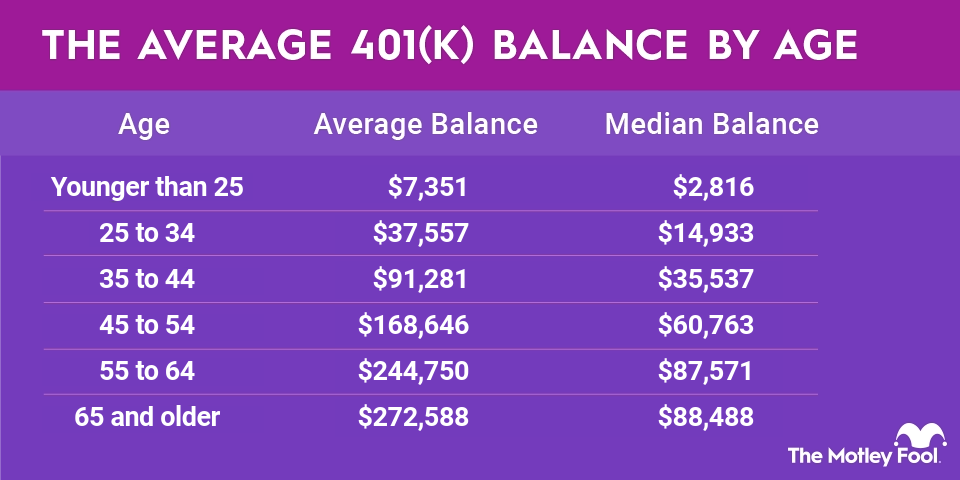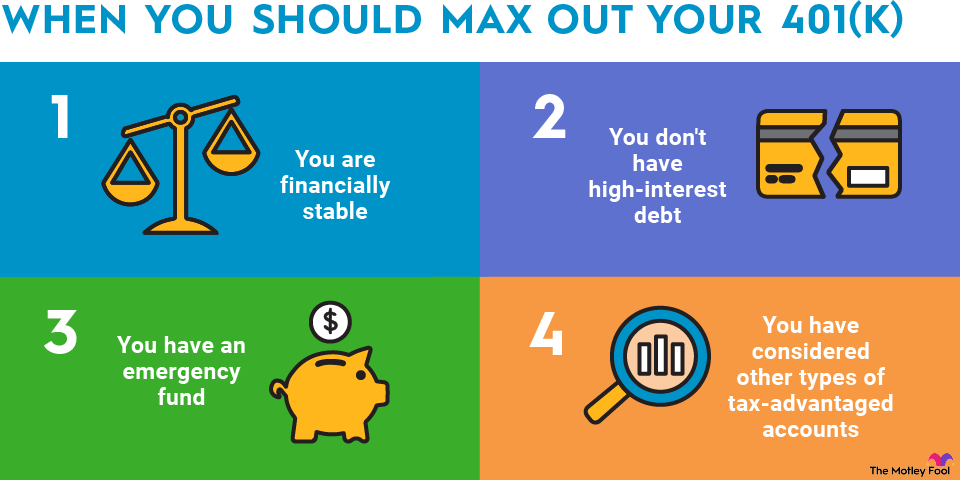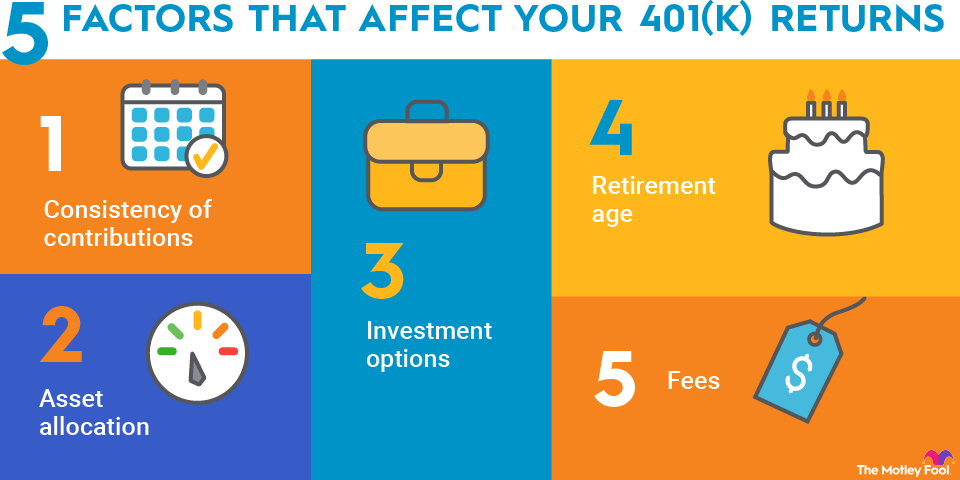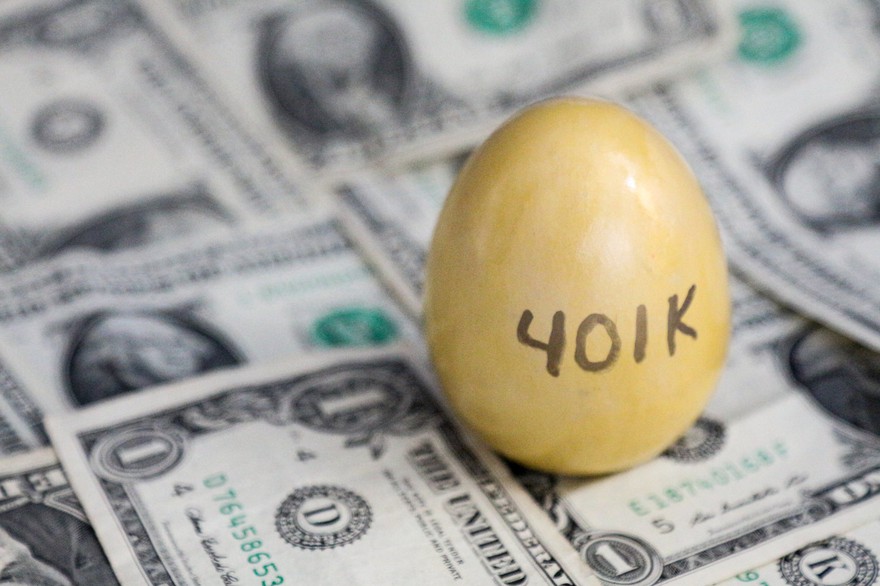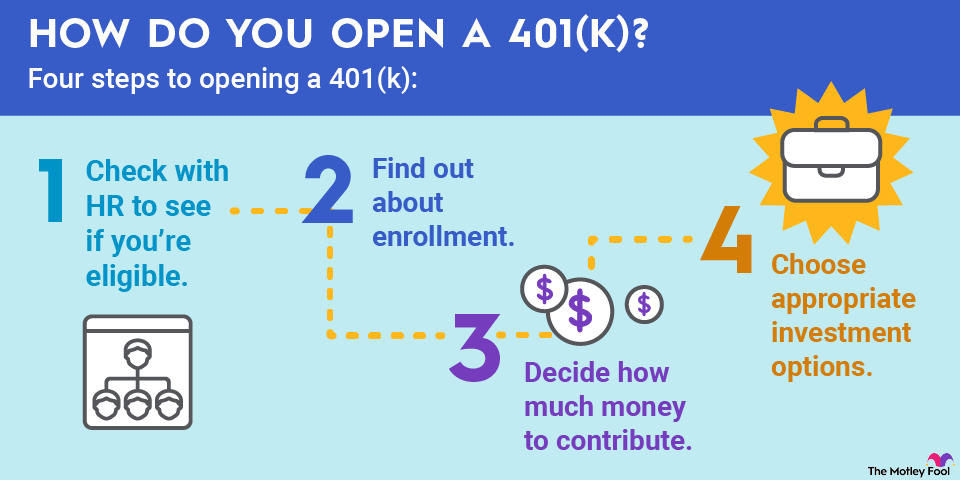If you're one of the top earners at your company, there's a possibility you might be considered a highly compensated employee (HCE), which can reduce how much you're allowed to contribute to your 401(k). Here's a closer look at who is considered an HCE and how this can affect your 401(k).

What is a highly compensated employee?
A highly compensated employee (HCE) is an individual who meets one of the following criteria:
- They owned more than 5% of the company at any time during the year or during the preceding year, regardless of their actual compensation.
- They earn more than $160,000 from the business for the prior year in 2025 or 2026, and -- if the employer makes what's called a top-paid election -- they are in the top 20% of employees by compensation.
The first rule is pretty straightforward, but the second can be a little confusing. For many companies, it means that if your income exceeds the threshold for a given year, you're considered an HCE. For other companies, you may be considered an HCE only if you earn over the income limit and you're within the top 20% of all individuals at your company when they are ranked by compensation.
Let's say we have a 10-person company.
- Adam, the CEO, earns $500,000 and owns 90% of the company.
- Betty earns $350,000.
- Charles earns $200,000.
- Danielle owns 10% of the company but earns only $70,000 per year.
- Finally, there are six other employees who make $40,000 or less each.
In this example:
- Adam would obviously be an HCE because he owns more than 5% of the company and makes more than $160,000.
- Danielle would also be considered an HCE because she owns more than 5% of the company, even though her salary is only $70,000.
- Betty and Charles would also be considered HCEs unless the company decides to make a top-paid election. The top 20% of a 10-person company would be the top two employees -- Adam and Betty. In this case, Betty would still be considered an HCE but Charles would not because he falls outside the top 20%, even though his income is well above the limit for the year.
Being considered an HCE isn't something most employees have to worry about, but companies must conduct annual nondiscrimination tests to ensure that the 401(k) doesn't unfairly favor HCEs over non-HCEs.
401(k) contribution limits for HCEs
The 401(k) contribution limits for 2025 are:
- $23,500 if you're younger than 50.
- $31,000 if you're between ages 50 and 59 or 64 and older.
- $34,750 if you're between ages 60 and 63.
The 401(k) contribution limits for 2026 are:
- $24,500 if you're younger than 50.
- $32,500 if you're between ages 50 and 59 or 64 and older.
- $35,750 if you're between ages 60 and 63.
HCEs may be able to contribute up to these limits or they may not, depending on how much the company's non-HCEs contribute to their accounts.
A company's annual nondiscrimination tests must ensure that HCE average contributions aren't more than 2 percentage points higher than the average contributions of non-HCEs. Total HCE contributions also can't be more than double the total contributions of non-HCEs.
If a 401(k) fails the nondiscrimination tests, the company must take immediate steps to correct the issue or else the plan could lose its tax-qualified status. The company can fix it by making extra contributions to the non-HCEs' 401(k)s or by requiring HCEs to withdraw some of their contributions.
Consider other retirement accounts
If you qualify as a highly compensated employee and it limits your 401(k) contributions more than you'd like, you can always use a different type of retirement account. You can instead open an individual retirement account (IRA), but your 2025 contributions are limited to $7,000 or $8,000 if you're age 50 or older. These limits increase to $7,500 or $8,600 if you're age 50 or older in 2026.
You could also use a health savings account (HSA) if you have a high-deductible health insurance plan (HDHP). In 2026, an HDHP is a plan with a deductible of at least $1,700 for an individual ($1,650 in 2025), or at least $3,400 for a family ($3,300 in 2025).
These aren't technically retirement accounts, but they offer several benefits that make them a good choice for your savings. Your contributions reduce your taxable income for the year, medical withdrawals are always tax-free, and, after age 65, you can make nonmedical withdrawals without penalty, although you will owe taxes on these.
In 2026, individuals can contribute up to $4,400 to an HSA ($4,300 in 2025). Families may contribute up to $8,750 in 2026 ($8,550 in 2025). Adults 55 and older can add another $1,000 to these limits for both 2025 and 2026.
If you don't have any other choices, consider a taxable brokerage account. You'll owe taxes on your contributions and your earnings, but if you hold your investments for a year or longer, your earnings become subject to long-term capital gains tax rather than income tax, which can save you money.
Remember, the definition of an HCE varies slightly from year to year, so if you're on the bubble, make sure you verify how much you can contribute to your 401(k) every year before you start putting away money. Talk to your company's HR department if you're not sure whether you're an HCE or how much you're allowed to contribute.



